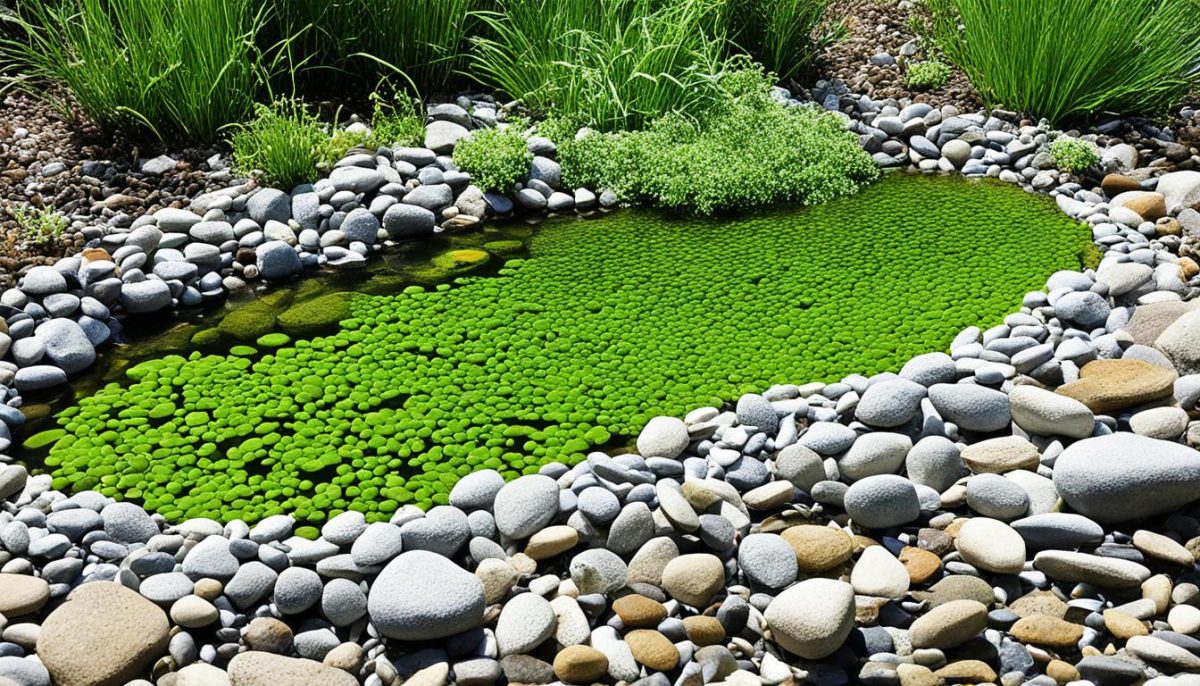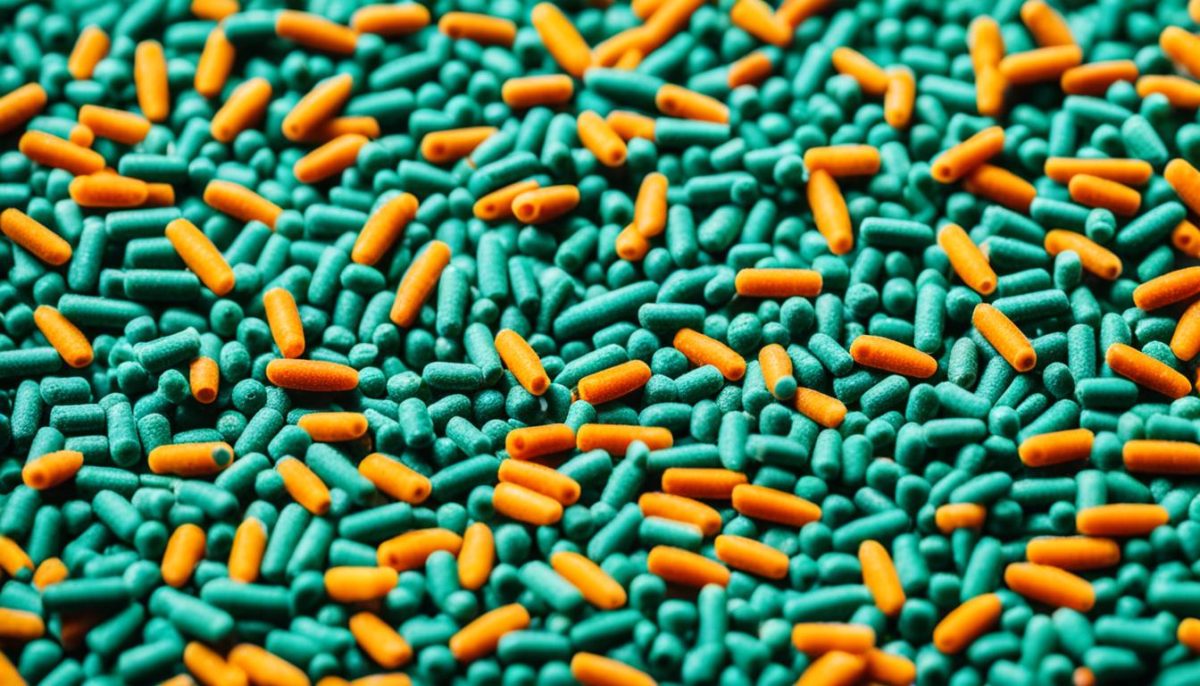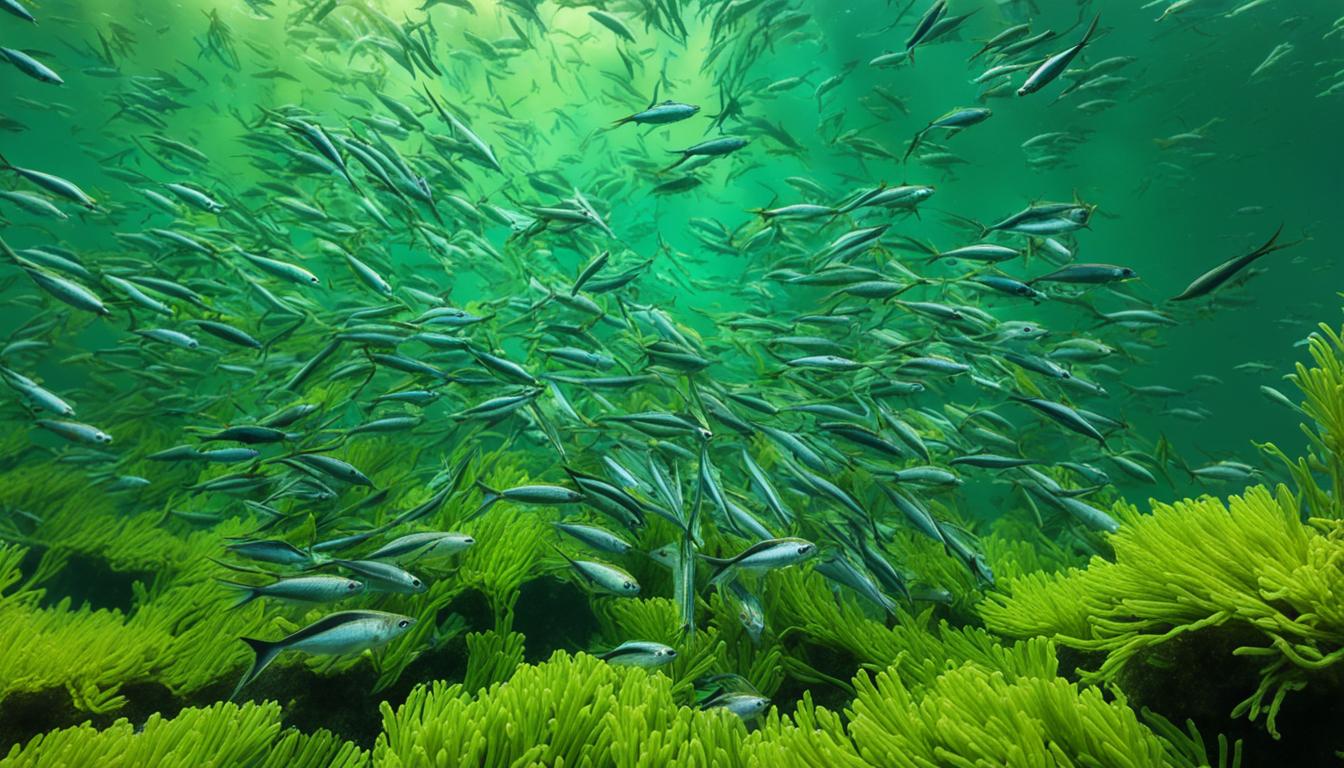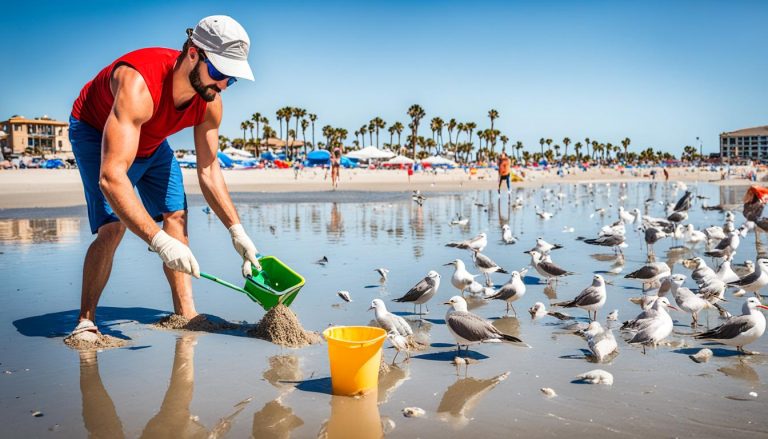Welcome to our article on minnows and their diet! If you’re curious about what these tiny freshwater fish eat, you’ve come to the right place. Contrary to what you might think, minnows have a relatively simple diet that consists of readily available food sources in their natural habitats. In this section, we’ll explore the different foods that sustain minnows, both in the wild and when they are kept in captivity.
Before we delve into the specifics, it’s important to note that understanding a minnow’s diet is crucial for their overall health and well-being. By providing the right foods, you can ensure that your minnows thrive and exhibit vibrant colors.
In the next section, we’ll take a closer look at the natural diet of minnows. By exploring their natural food sources, such as algae, plankton, insects, and small invertebrates, we can gain insights into what minnows eat when they’re living in the wild. Understanding their natural diet will help us make informed choices when it comes to feeding minnows in captivity.
Understanding the Natural Diet of Minnows
Minnows, those tiny freshwater fish commonly found in rivers, streams, and lakes, have a simple yet fascinating natural diet. To truly appreciate their needs in captivity, it’s important to understand what minnows eat in the wild. Let’s explore the natural food sources that sustain these little creatures in their natural habitats.
Minnows, being omnivorous fish, rely on a variety of food sources for their nutrition. Their diet primarily consists of:
- Algae: Minnows are herbivorous and will often feed on algae growing on rocks, plants, and other aquatic surfaces.
- Plankton: These tiny organisms, including microscopic plants and animals, play a vital role in the minnows’ diet as an important source of nutrients.
- Insects: Minnows eagerly feast on insects that fall into the water. They may consume small flies, mosquitoes, beetles, and even terrestrial insects that accidentally end up in the water.
- Small Invertebrates: Worms, larvae, and other small invertebrates also make up a significant portion of the minnows’ diet.
Minnows are opportunistic feeders and will consume whatever food is abundantly available in their habitat. Their ability to adapt to various food sources contributes to their wide distribution and successful survival in different environments.
A Balanced Diet in the Wild
The combination of algae, plankton, insects, and small invertebrates provides minnows with a balanced diet rich in essential nutrients. This diverse range of natural food sources ensures that they receive the proteins, carbohydrates, vitamins, minerals, and fats necessary for their growth and overall well-being.
“Minnows are incredible little foragers, constantly searching for food sources in their surroundings.”
By understanding their natural diet, we can mimic these feeding habits when keeping minnows in captivity, ensuring their nutritional needs are met.

| Food Sources | Description |
|---|---|
| Algae | Minnows feed on algae growing on rocks, plants, and other aquatic surfaces. |
| Plankton | Minnows consume microscopic plants and animals, which provide essential nutrients. |
| Insects | Minnows eagerly eat small flies, mosquitoes, beetles, and terrestrial insects that fall into the water. |
| Small Invertebrates | Minnows feed on worms, larvae, and other small invertebrates found in their habitat. |
Understanding the natural diet of minnows allows us to provide suitable food options when keeping them as pets or in aquariums. By replicating their natural feeding habits, we can promote their health and natural behavior.
Nurturing Minnows in Captivity: Ideal Foods to Provide
When it comes to keeping minnows in captivity, providing them with the right food is crucial for their health and wellbeing. In this section, we will explore various options for feeding captive minnows, ensuring they receive a balanced diet that meets their feeding requirements.
There are several commercially available fish flakes and pellets specifically formulated for small freshwater fish like minnows. These products provide essential nutrients and can serve as a staple diet for your captive minnows. Look for high-quality brands that contain a mix of proteins, vitamins, and minerals to support optimal growth and overall health.
Live or frozen foods can also be beneficial for minnows, as they mimic their natural diet and provide enrichment. Options such as brine shrimp, daphnia, and bloodworms are readily available and are eagerly consumed by minnows. Feeding live foods can also encourage natural foraging behavior and stimulate their appetite.
If you prefer a DIY approach, you can create homemade fish food for your minnows. This allows you to have complete control over the ingredients and ensures the freshness of the food. A homemade minnow food recipe can include a combination of mashed peas, carrots, and fish meal or crushed flakes. Remember to blend the ingredients into a fine paste to make it easier for the minnows to eat.
It’s important to note that minnows have small mouths, so make sure to break down the food into small, bite-sized pieces. This will help prevent choking and ensure that all the food is consumed. Additionally, avoid overfeeding, as excess food can quickly dirty the water, leading to poor water quality and potential health issues for the minnows.
To summarize, feeding captive minnows requires providing them with a diverse diet that meets their feeding requirements. Consider using commercially available fish flakes or pellets, as well as incorporating live or frozen foods to mimic their natural diet. If you prefer a more hands-on approach, homemade options can also be a nutritious choice. Remember to feed them appropriate portion sizes and maintain a clean and healthy environment for their overall wellbeing.

| Food Type | Advantages | Disadvantages |
|---|---|---|
| Commercial fish flakes/pellets | Convenient and nutritionally balanced | May contain fillers or additives |
| Live or frozen foods (brine shrimp, daphnia, bloodworms) | Mimic natural diet, provide enrichment | Requires additional preparation and storage |
| Homemade fish food | Allows control over ingredients, freshness | Requires more time and effort |
Supplementary Diets for Enhanced Growth and Coloration
In order to enhance the growth and coloration of your minnows, it is important to provide them with supplementary diets that are specifically designed to meet their nutritional needs. Adding certain foods and additives to their diet can have a significant impact on their overall health and appearance.
Live and Frozen Foods
One effective way to enhance the growth of your minnows is by incorporating live or frozen foods into their diet. Brine shrimp and daphnia, for example, are rich in nutrients and can stimulate rapid growth in minnows. These small crustaceans are readily available at most pet stores and can be easily added to their regular feeding routine. Additionally, the movement of live or frozen foods can stimulate the natural foraging behaviors of minnows, providing them with mental stimulation as well.
Color-Enhancing Additives
If you want to improve the coloration of your minnows, consider introducing color-enhancing additives into their diet. These additives are designed to bring out the natural pigments in their scales, resulting in brighter and more vibrant colors. Look for products that contain ingredients such as spirulina, astaxanthin, or beta-carotene, as these are known to enhance coloration in fish. Be sure to follow the recommended dosage instructions provided by the manufacturer to avoid over-supplementing.
Natural Ingredients
Alternatively, you can opt for natural ingredients to improve the coloration of your minnows. For example, adding high-quality, naturally-colored foods like bloodworms or krill can enhance the vibrancy of their colors over time. It is important to note that using natural ingredients may take longer to see noticeable results compared to color-enhancing additives. However, incorporating these ingredients into their diet can provide a more natural and holistic approach to improving their coloration.
Remember, while supplementary diets can enhance the growth and coloration of your minnows, it is crucial to maintain a balanced diet that includes their core nutritional needs. Consult with a knowledgeable fish specialist or veterinarian to ensure you are providing the best possible diet for your minnows.
Potential Dietary Concerns and Troubleshooting
Feeding minnows can be a rewarding experience, but it’s important to be aware of potential dietary concerns that may arise. One common problem is overfeeding, which can lead to poor water quality and health issues. To avoid overfeeding, it’s recommended to provide only the amount of food that minnows can consume within a few minutes.
Nutrient deficiencies can also occur if minnows are not provided with a balanced diet. A lack of essential nutrients can weaken their immune system and leave them more susceptible to diseases. To address nutrient deficiencies, consider feeding your minnows a variety of foods, including commercially available fish flakes and pellets, live or frozen foods, and homemade options. This will help ensure that they receive the necessary nutrients for optimal health.
Proper identification and addressing of health issues related to diet and feeding practices is crucial for the wellbeing of your minnows. Signs of poor diet or improper feeding practices include loss of appetite, weight loss, lethargy, and abnormal behavior. If you notice any of these symptoms, it’s important to take immediate action. Consult a veterinarian or an experienced aquarist to determine the underlying cause and develop an appropriate feeding plan to address the issue.
By staying vigilant and addressing common minnow feeding problems, you can help maintain the health and vitality of your minnows. Paying attention to their diet, avoiding overfeeding, and providing a varied and balanced range of foods will not only keep them happy but also ensure their longevity in your aquatic environment.




